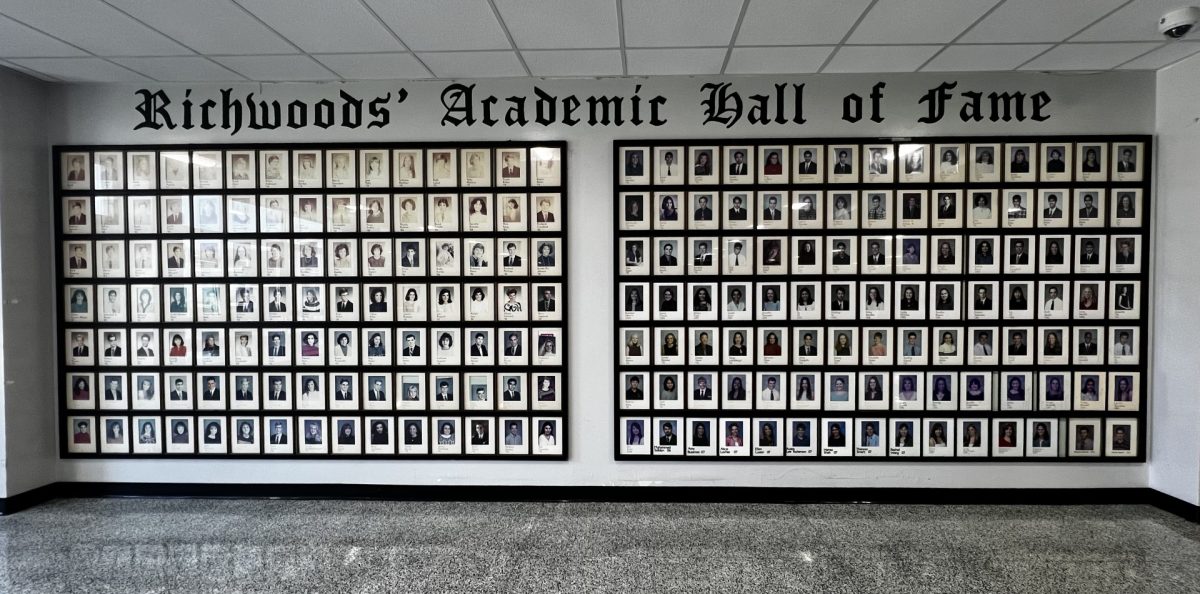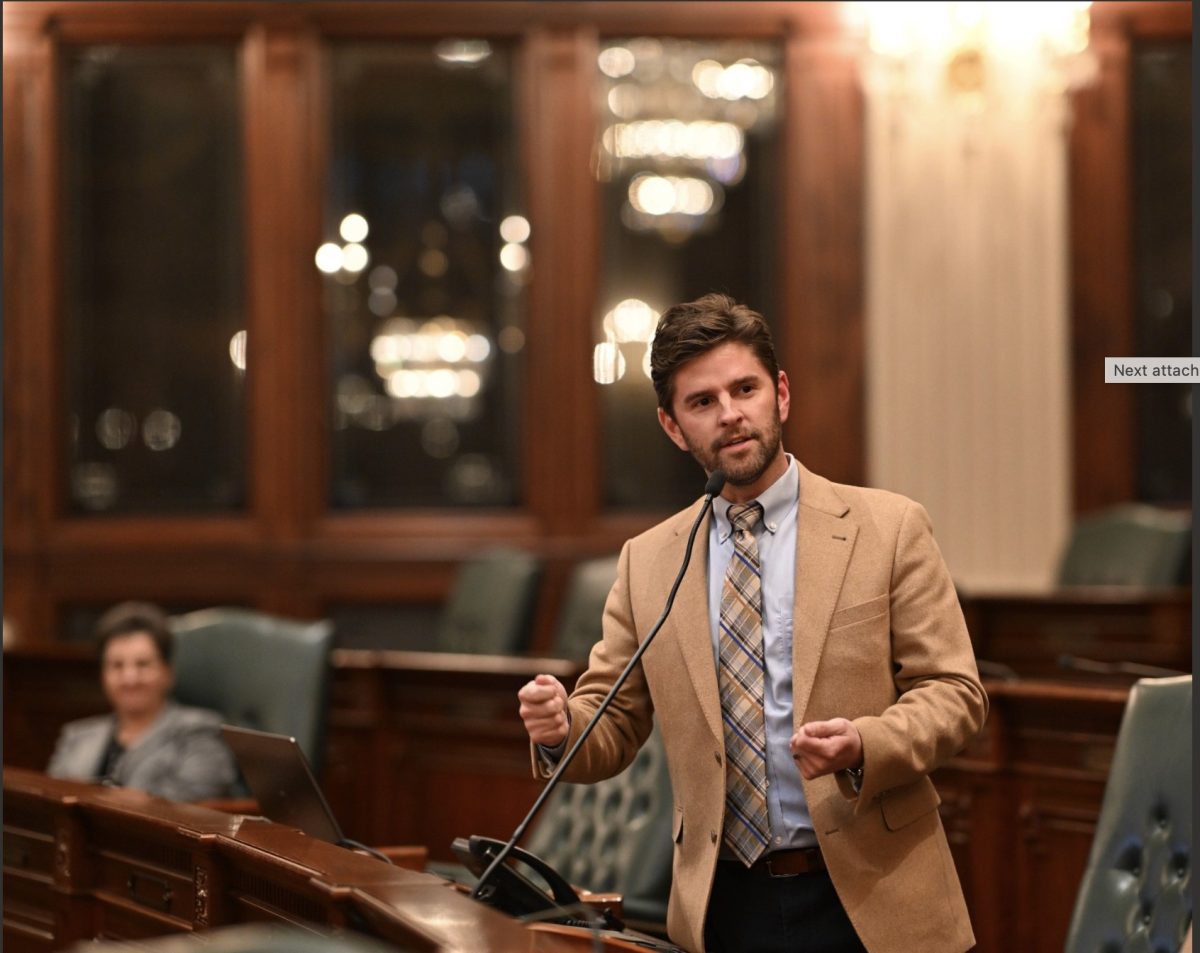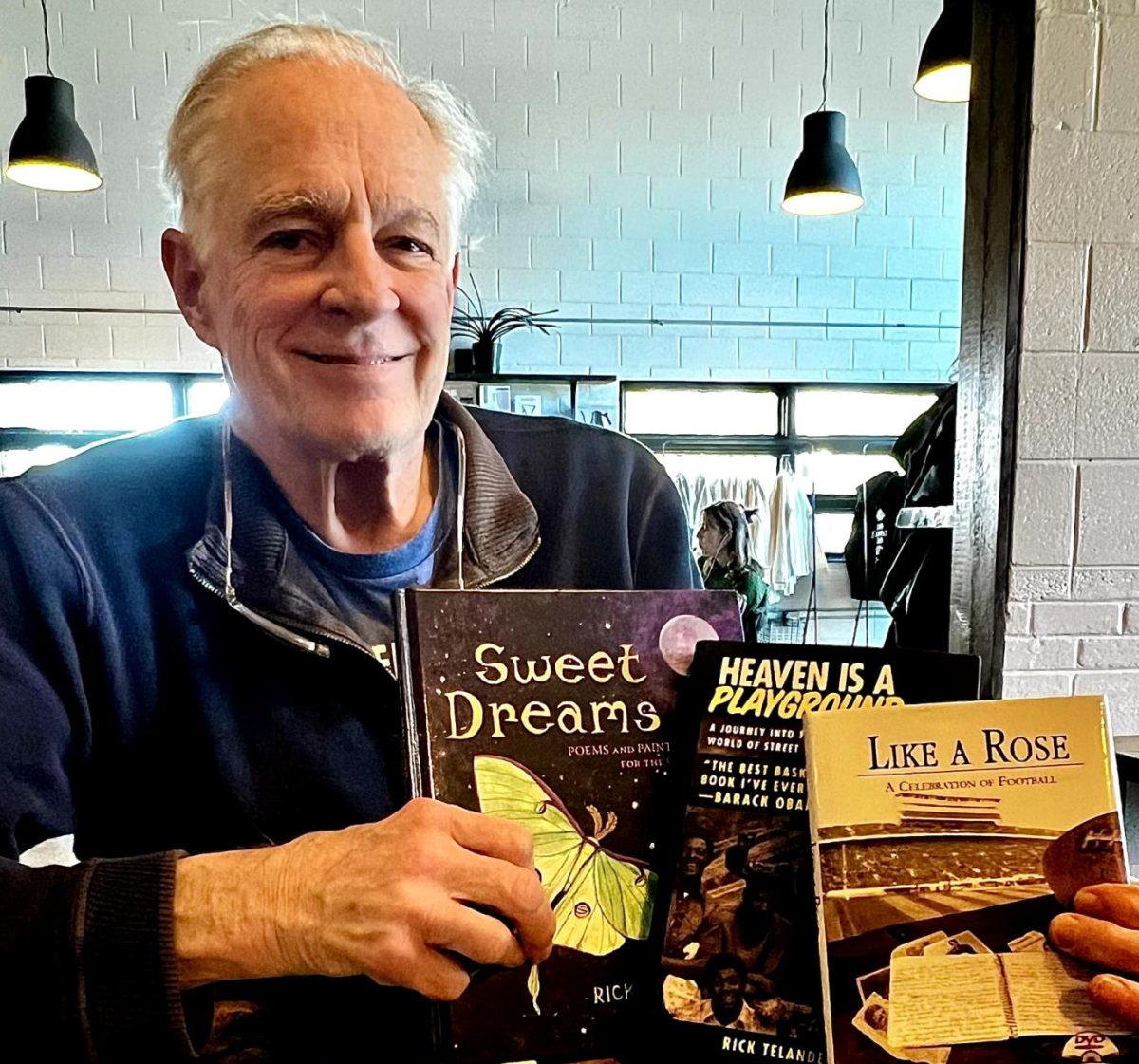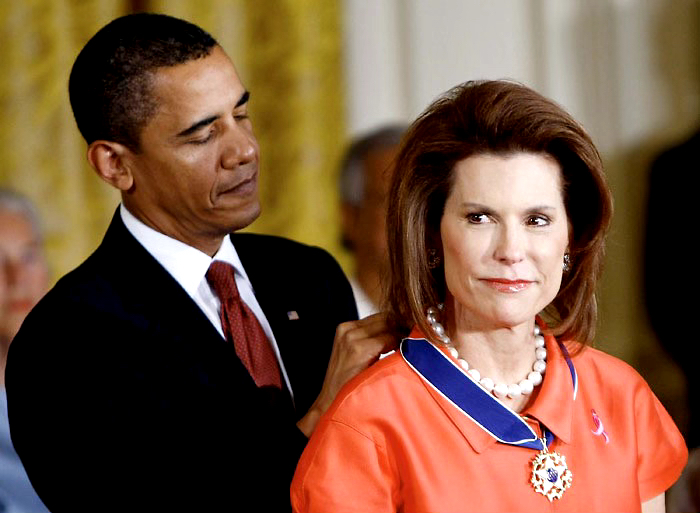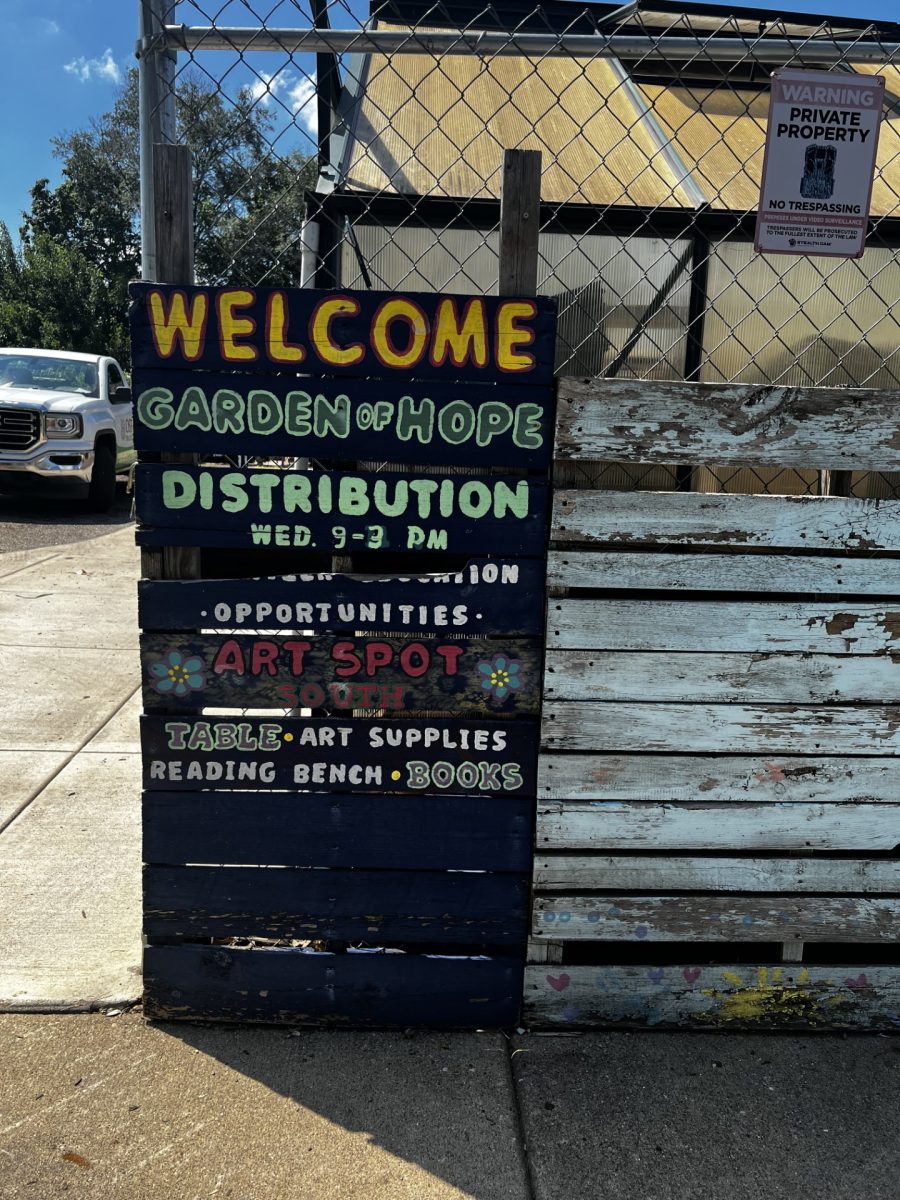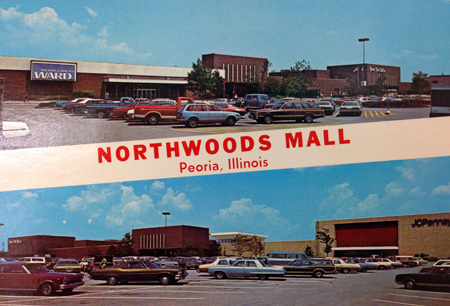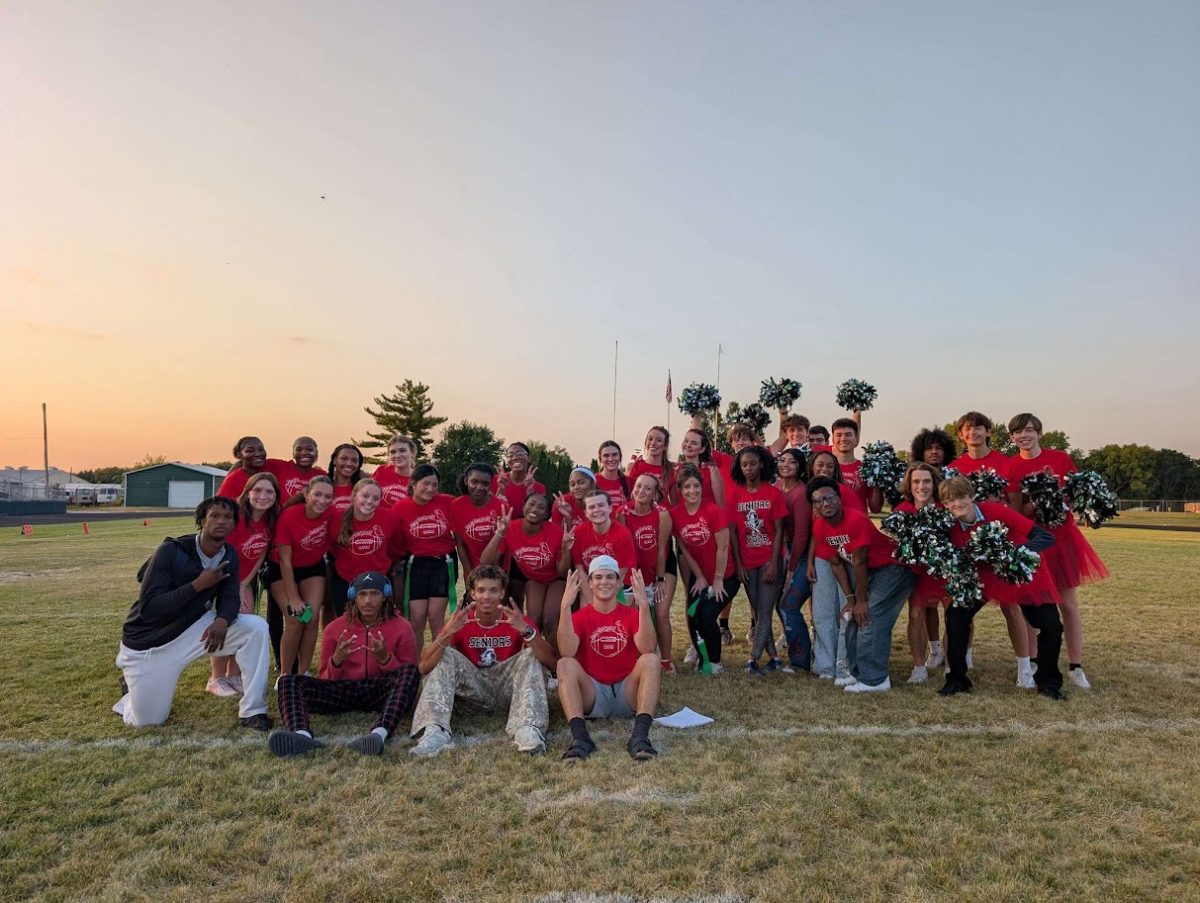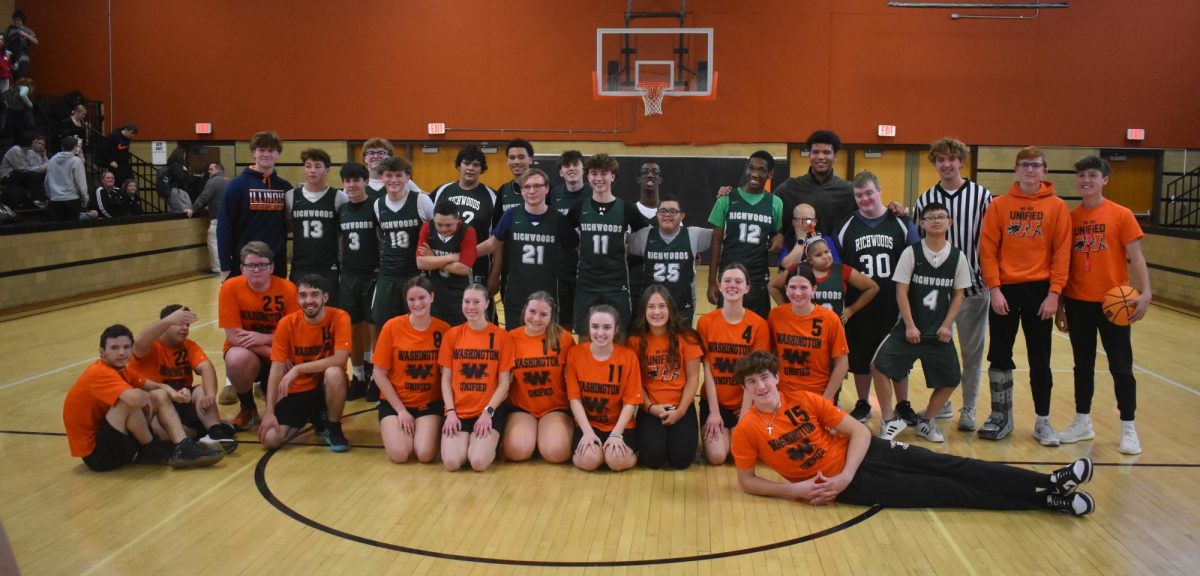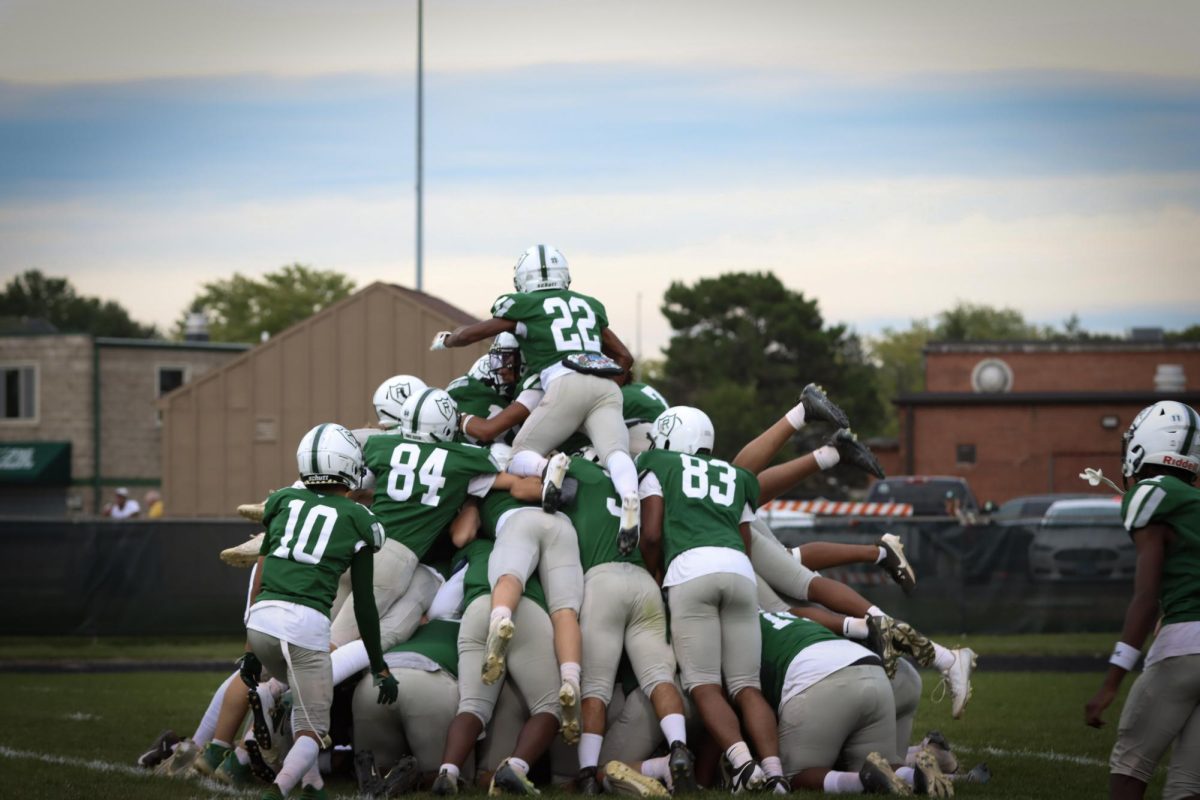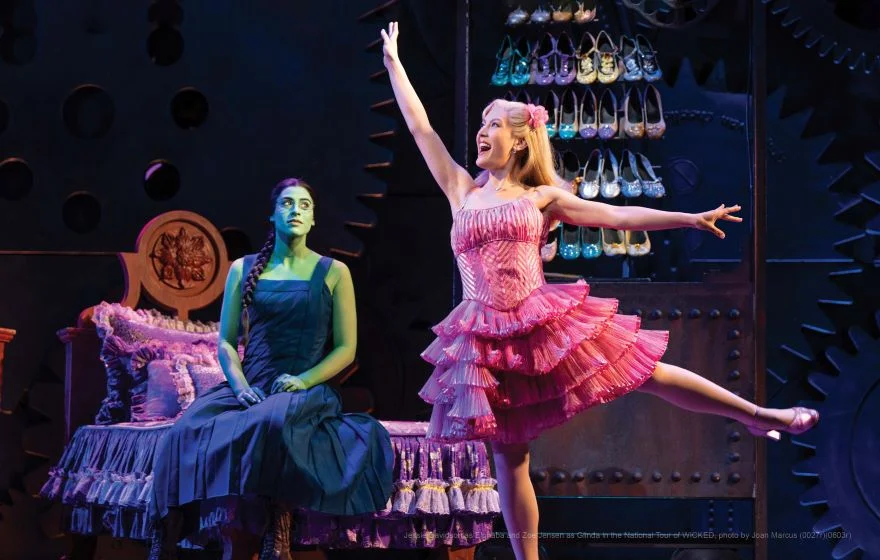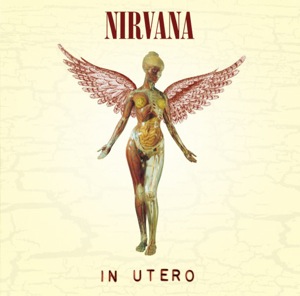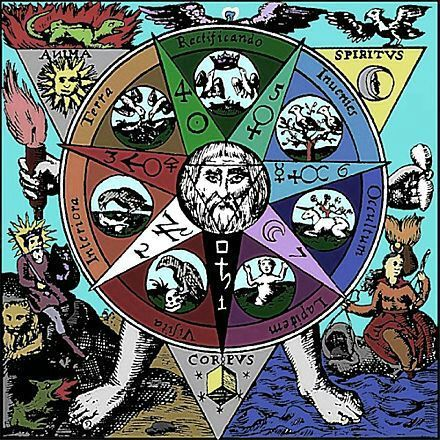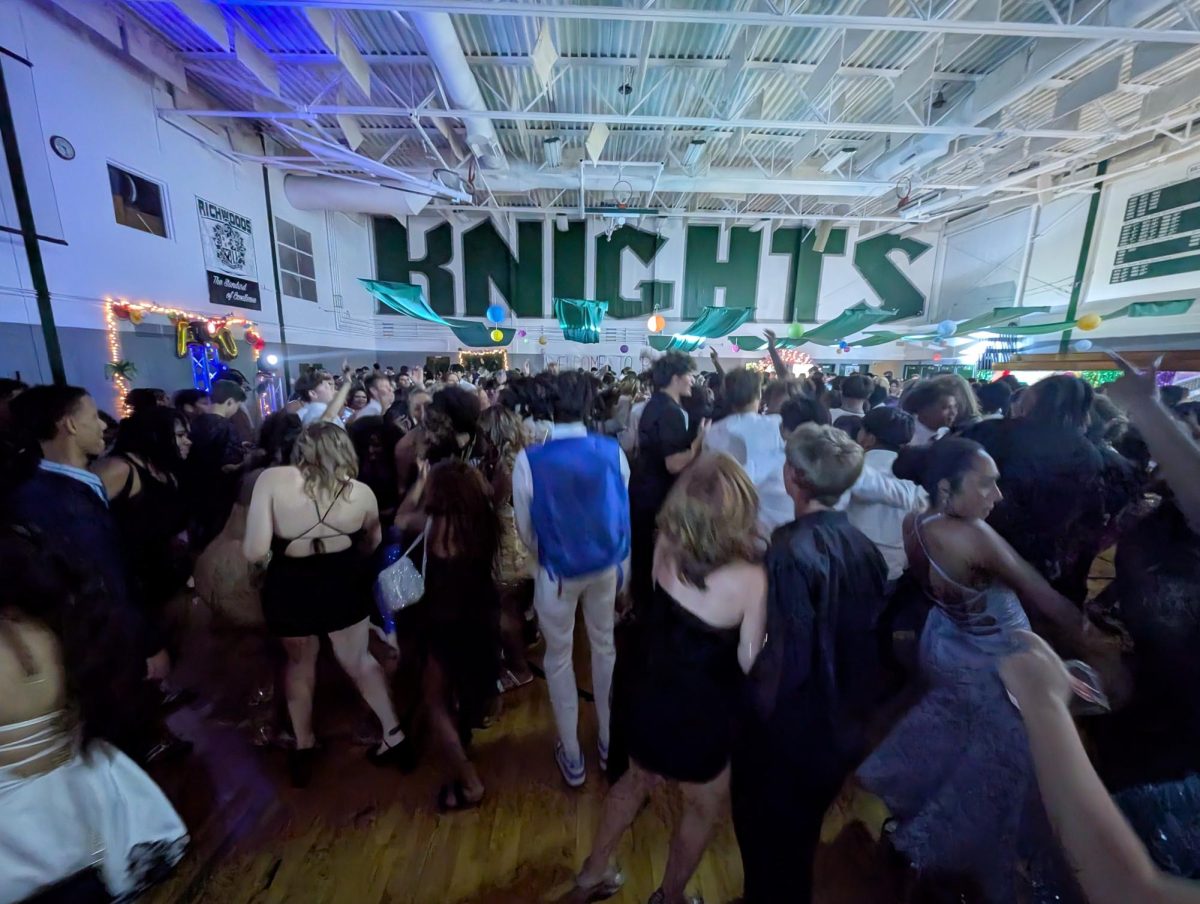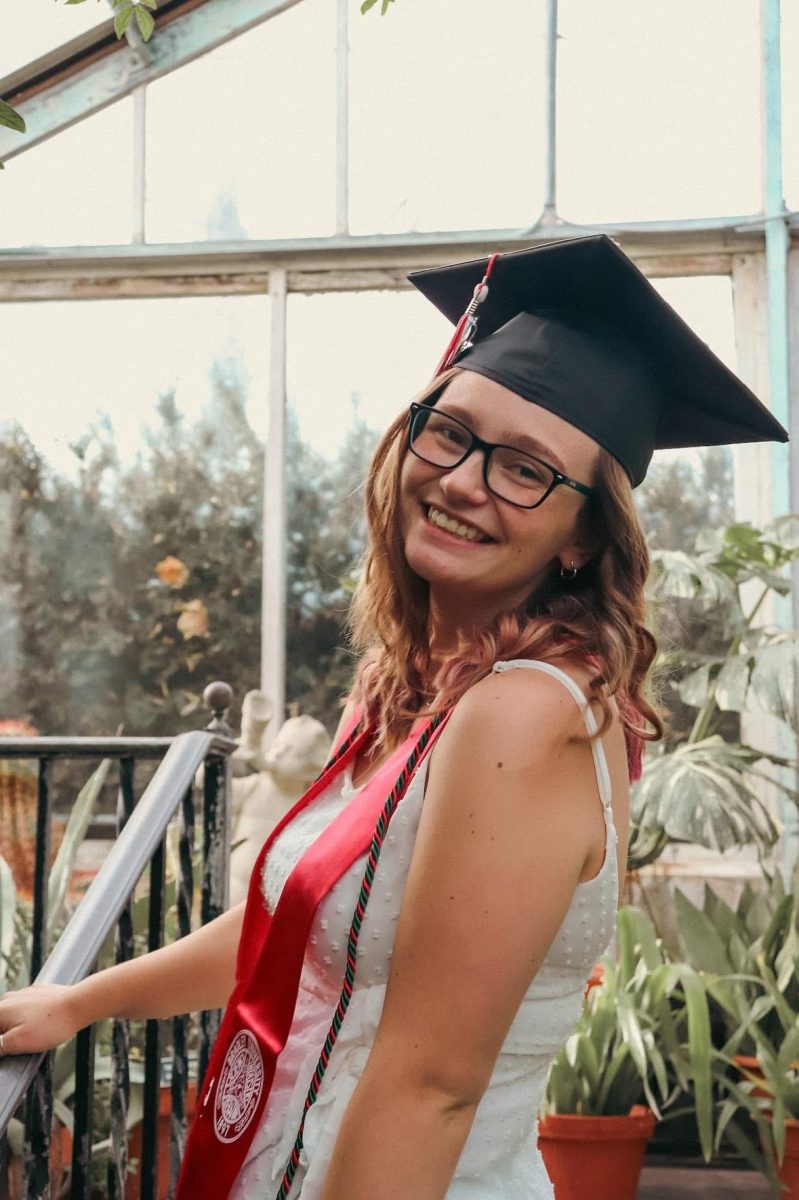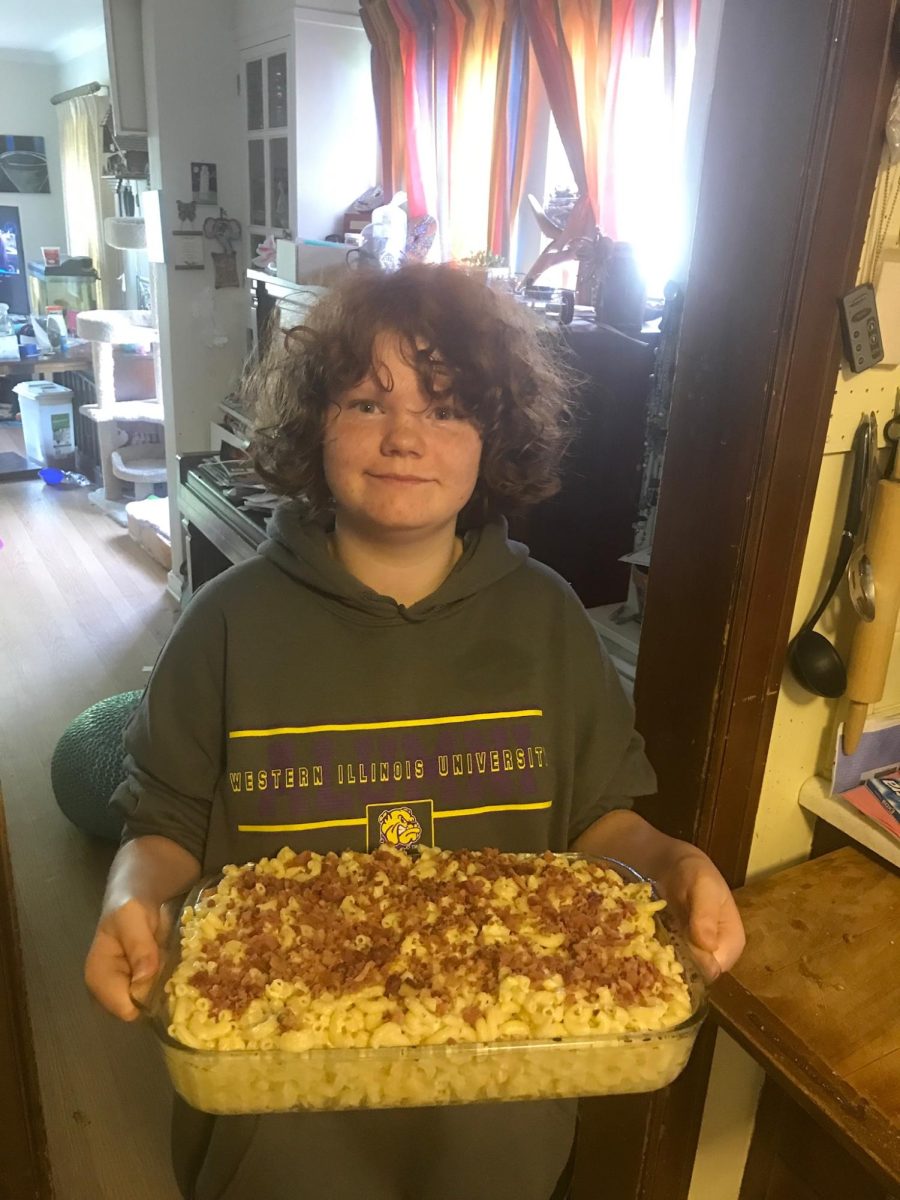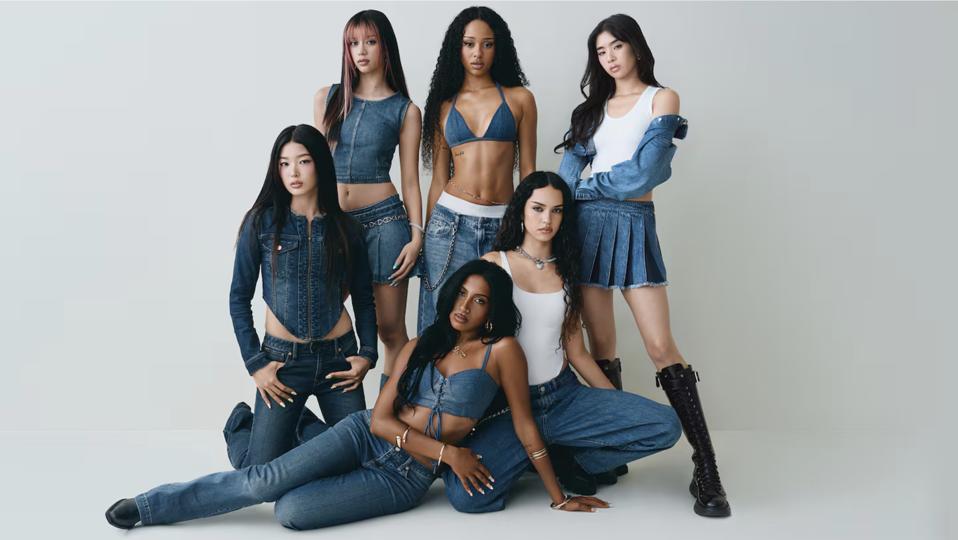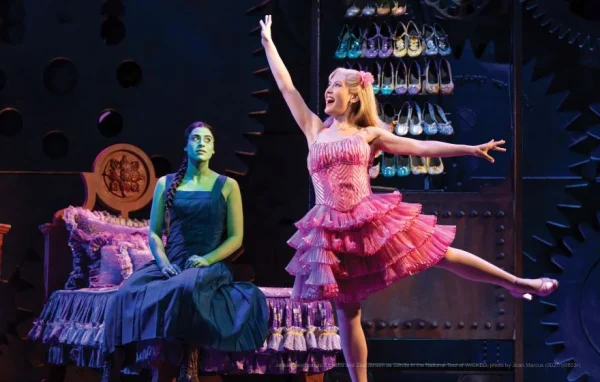Latinx and Hispanic Representation in Mainstream Media
In honor of Hispanic Heritage Month, I thought I would take the opportunity to discuss the representation of Latinx and Hispanic cultures in media, specifically in film and television. It’s true that in the last few decades, representation has expanded to become more authentic as more and more Latinx and Hispanic creators have become involved and included with projects. Still, it’s important to consider why representation matters so much, as well as how it’s evolved from the harmful stereotypes that were depicted in the past.
For a long time, the only kind of depiction of a Latin character usually came in the form of a domestic employee (like a gardener or a maid) or an illegal immigrant or a criminal involved with drugs. This was partially a result of political climates; there was not enough coverage of the kinds of lives that different Latin families lived, so assumptions or exaggerations were usually made in the writer’s rooms based off unrealistic stereotypes. Even now, some of those cliches are still prevalent; Latinx characters often speak little-to-no English, or with a heavy and comically exaggerated accent. Most Latinx women are oversexualized, written off as hotheaded sexy “bombshells”, reinforcing the fetishization of Latinx women. The lack of Latinx representation has also been extremely harmful in the understanding of differences in culture; there are 33 countries in Latin America, and all of them have differences in their cultures, traditions, languages, and dialects they speak. Past depictions of Latinx and Hispanic cultures have, for the most part, only included people from countries like Mexico or Puerto Rico. And yes, both of those countries have wonderful cultures, but there are more Latinx cultures who deserve to have representation in the media.
According to a Los Angeles Times, despite the Latinx population continuing to grow, as of 2017, Latinx actors only held 6.2% of roles from the highest grossing films of that year—even though they made up 18.1% of the US population at the time. Even as the populations increase, the diversity percentages aren’t keeping up the way they should. And yet, we should not deny that changes have started to show (albeit very slowly); within the last few years, we’ve started to see more authentic depictions of Latinx characters, breaking out of the stereotypes, and reclaiming the different identities that Latinx individuals may have.
Television shows like Jane the Virgin (2014) and One Day at A Time (2017) are two of the more authentic and relatable examples of different Latinx cultures. Jane the Virgin follows a Venezuelan-American family and is an homage to the many telenovelas that are popular in Latin America with many twists and turns that would otherwise seem over-the-top, while One Day at A Time is a remake of a 1975 series of the same name, only this time following the life of a Cuban-American family navigating everyday life. Both shows demonstrate two different cultures and yet still manage to convey a shared central theme of family. Both touch on topics such as religion, the struggles of undocumented immigrants, and the reality of being Latinx in the United States. In addition to the actors, many of the people involved in both shows were Latinx, whether they were writers, directors, producers, etc.
There has also been a rise of Latinx actors taking on larger roles, and not just being casted based on their ethnicity or physical appearance. Actors like Oscar Isaac, Pedro Pascal, Diego Luna (Guatemalan-American, Chilean-American, and Mexican, respectively) have become involved in more mainstream projects, such as Marvel and Star Wars. Ariana DeBose won an Oscar earlier this year for her performance in West Side Story (2021) as Anita, the same role that actor Rita Moreno also won an Oscar for in 1962. DeBose made history as the first openly queer woman of color to win in the category of best actress in a supporting role. Lin-Manuel Miranda includes all kinds of Latinx influence in his works, with three of his movies/musicals being focused on Latinx communities or characters, specifically In the Heights (a 2009 Broadway musical later adapted into a 2021 film), which tells the story of Washington Heights, a neighborhood in New York with a large Latinx population. Additional films of representation include, Encanto (2021), a Disney movie set in Columbia and is about a Columbian family and Vivo (2021), an aminated movie that involves Havana, Cuba and parts of Florida.
But these are just mainstream actors, creators, and projects. There is still a long way to go until Latinx and Hispanic representation really breaks even. There are so many different cultures and traditions that have yet to be shown on the big screen. Like we’ve seen from the reactions of little Black girls seeing themselves represented through the upcoming Little Mermaid movie, my hope is that more of that will continue, for people of all underrepresented races and ethnicities. Representation is about more than just undoing a history of racism and xenophobia. It is about making sure people from all over feel seen and accepted.


